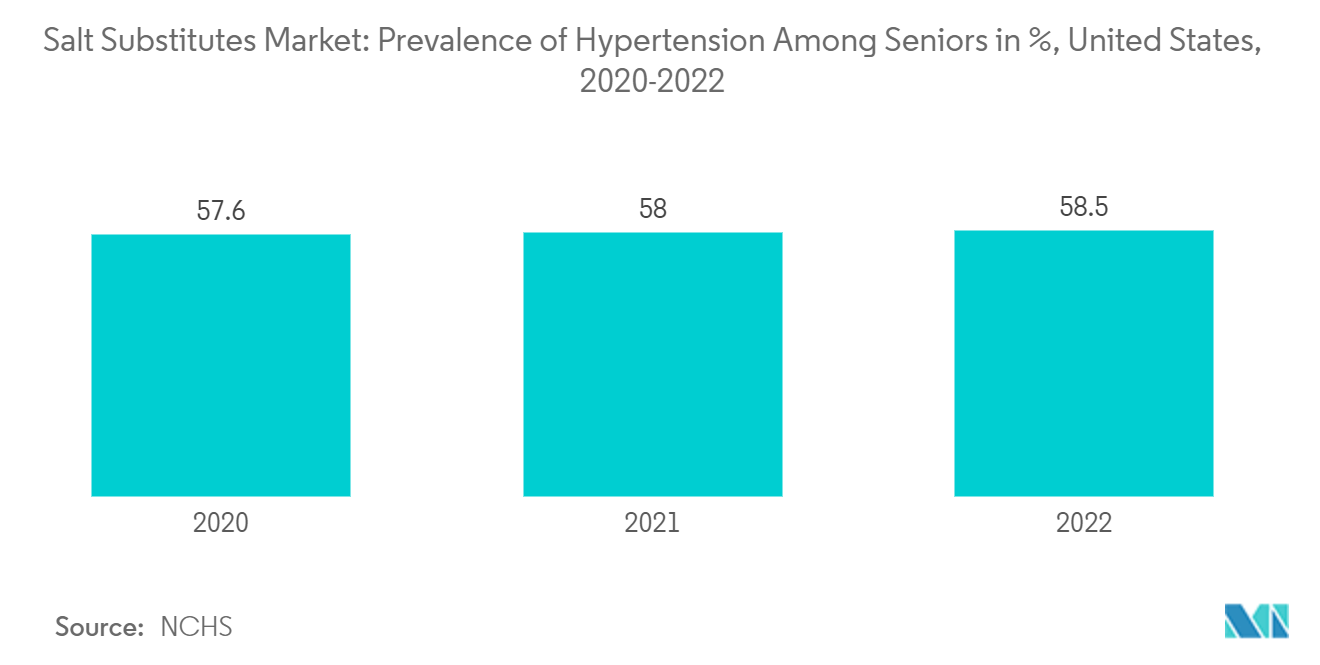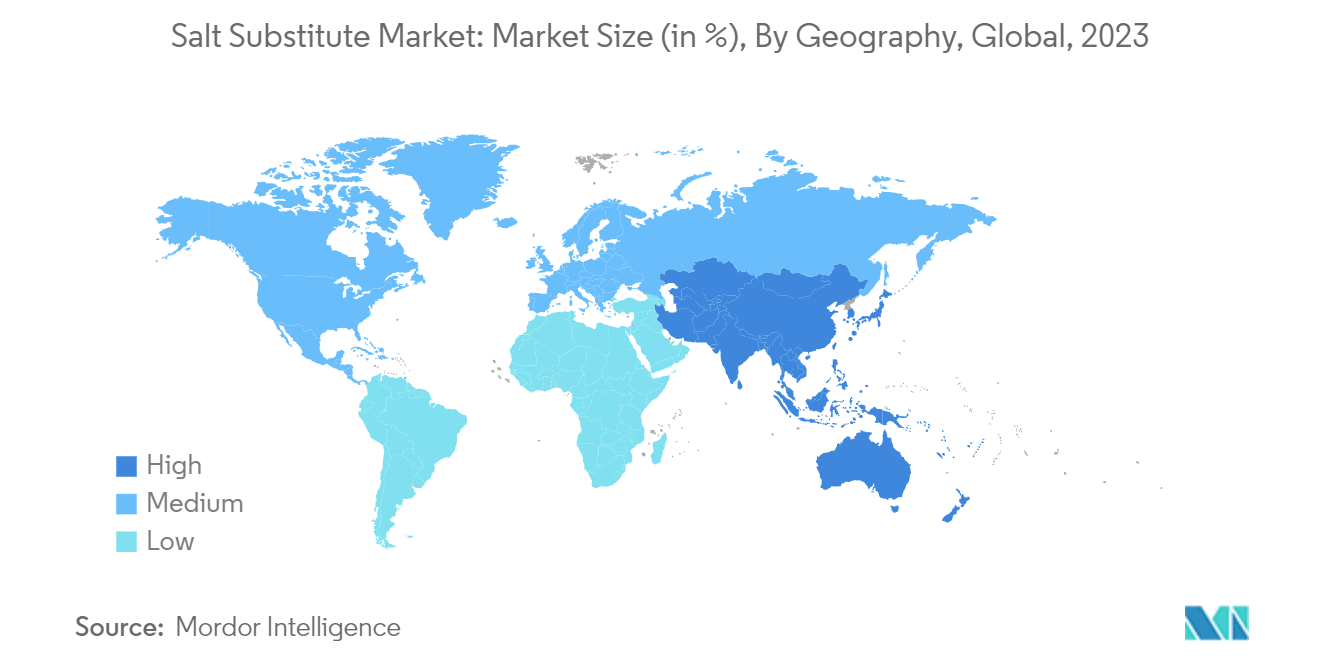Market Trends of Salt Substitutes Industry
Rising Hypertension Rates Drive Demand for Salt Substitutes on a Global Scale
Health initiatives and changing consumer habits are responses to the surging prevalence of hypertension. While sodium is essential for health, overconsumption is directly linked to elevated blood pressure. Excessive salt intake prompts the body to retain fluid, straining the heart's ability to circulate blood efficiently, ultimately leading to conditions like heart disease, strokes, and kidney damage. Illustrating the gravity of the situation, a March 2023 World Health Organization report revealed that approximately 1.28 billion adults aged 30-79 are affected by hypertension, with nearly two-thirds concentrated in low- and middle-income countries. This heightened awareness has prompted consumers to cut back on salt actively.
Consequently, there has been a noticeable surge in the demand for salt substitutes, especially among food manufacturers keen on addressing these health concerns. Packaged and processed foods, like deli meats, pizzas, tacos, and chips, are dietary staples worldwide and are major contributors to salt intake. Hence, the necessity for salt substitutes in the food industry is evident. According to the NACS State of the Industry Report 2022, salty snacks lead the snack market, representing 4.6% of in-store sales, with an average monthly per-store sales figure of USD 8,972. This increasing consumer preference for lower sodium content in processed and restaurant foods propels the demand for salt substitutes across various food and beverage applications.

Asia-Pacific Witnessed a Significant Market Growth
China boasts a rich culinary tradition that heavily relies on salt. Approximately 80% of the salt consumed in China is directly added by consumers to their food. This practice has, however, resulted in alarmingly high rates of hypertension and strokes. WHO data from 2023 highlights that approximately 270 million Chinese grapple with hypertension, with a mere 13.8% managing to control it. Recognizing the urgency, reducing salt intake emerges as a pivotal, cost-effective strategy to combat rising blood pressure and curb the onset of hypertension.
While Japan is globally recognized for its life expectancy, it grapples with high salt consumption. On average, a Japanese individual consumes 10 grams of salt daily, double the WHO's recommended 5-gram limit, as reported by the World Action on Salt, Sugar, and Health (WASSH). Addressing this issue in Japan demands substantial shifts in government policies and consumer behavior.
Furthermore, in India, efforts to cut sodium intake are taking a regulatory route, with mandatory targets in place. Given the significant impact of excessive sodium on cardiovascular health, these measures are vital. To underscore the gravity, the World Economic Forum noted that India had already incurred over USD 2 trillion in losses due to cardiovascular diseases by 2023. In response, the Indian government has set an ambitious target: a 30% reduction in salt intake by 2025. Bolstering this goal, the Food Safety and Standards Authority of India (FSSAI) has initiated the 'Eat Right India' movement, aligning with the forecasted period. This movement aims to overhaul the food ecosystem, ensuring safe, nutritious, and sustainable diets for all.


